|
-- Karin Burghardt, PhD Candidate For most people the trees losing their leaves for the year invokes a bit of sadness for the lost summer, however, I am breathing a sigh of relief. The end of the growing season and loss of leaves means a respite from fieldwork and a chance to reflect on how my experiment is shaping up (and how much more there is to be done). Last fall the lab helped me with an epic construction project to erect 28 raised beds at my field site and fill them with 20 tons of sand and 20 tons of field soil –accomplished by wheelbarrow (I know I owe them all my first born… but probably they would prefer cookies for life). In any case this past June I planted into the sandboxes mixtures of goldenrod genotypes known to express different plant defensive traits. The experiment also manipulates soil nutrients and herbivory. Over the next few years I will measure how plant defensive traits, herbivores, and nutrients influence plant and herbivore fitness and competition as well as trace nutrient cycling within the sandboxes. As a result, over the summer I spent a lot of time taking plant and nutrient measurements and playing Where’s Waldo with my grasshopper herbivores within the sandbox enclosures.
11 Comments
--Kassie Urban-Mead, Undergrad I’ve finished my first round of sampling for this summer’s research, and it feels great to be in the swing of fieldwork adventures. During last week’s sampling I stumbled across both a nesting duck and a spotted baby fawn: the former—a Blue-winged Teal—flapped away briskly while the latter flopped and stumbled endearingly into a nearby shrub. I’ve also alarmed countless Red-Winged Blackbirds, and while making my way back to the truck on Tuesday I noticed a mid-sized woodchuck peering at me from beneath a guardrail. My search, though, is for smaller critters. I’m not tracking Orthopterans like Rob and Bryan are, but I am solidly in the invertebrate camp! My senior research as a Yale undergraduate in Ecology and Evolutionary Biology is on the unmanaged bee pollinator communities in twelve old-fields across Connecticut. I’ve selected fields that are surrounded by a gradient of land-use types. These categories include forested, suburban development and roads, and conventional agriculture. This summer I’m sampling the bees (and recording the flowers I find them on) to see if there are community and interaction differences that can be traced to impacts from surrounding land-use. I’ve made my first round through each field, and the next set of collections will go into full swing when the sun comes out next week. All of this rain has been getting in the way (though it’s keeping those flowers growing!). It’s far too early to say anything for certain, but there are certainly distinct communities from field to field. I look forward to seeing how the species compositions shift once the flower resources are more similar—the goldenrod that dominates all of my fields hasn’t yet begun to flower (mostly Solidago rugosa and S. altissima), and the milkweed (Asclepias syriaca) and thistle (Carduus nutaans) are just beginning.
I’ll keep you updated, but it’s safe to say that the summer is off to a great start! I’m so lucky to work in some truly beautiful fields (and to have some great books on tape to listen to as I drive about between them). I’m rapidly becoming more and more adept at naming the wildflowers to genus and species, learning which long-tongued or short-tongued bees prefer, and knowing more of my bee IDs on sight. But most importantly? I think that my dexterity wielding insect nets in thick vegetation is preparing me for an alternate career as a badminton player! --Jennie Miller, PhD Candidate
Classes have ended and we’re ramping up for summer fieldwork here in the Schmitz Lab. Five of the Schmitzers will be working in the field, carrying out innovative projects with lizards, spiders, grasshoppers and pollinators in Greece, Connecticut and Vermont. Colin departed three weeks ago for the islands of Greece, where he’s collecting preliminary data on lizard morphology in the presence of predators and rock wall refugia. Colin will be catching lizards and measuring every diagnostic metric he can think of to motivate his upcoming dissertation experiments. He left for Greece with some pretty cool field equipment, including snake tongs and a lizard bite balance. Hope the lizards are biting, Colin! Karin will be starting the sandbox experiment of her dissertation, which will run for the next few years. In June, she’ll transplant Solidago altissima plants from our greenhouse into cages in the fields of nearby Wallingford, CT. She’ll catch grasshoppers and stock the cages to examine their effects on the plants. Bryan will be studying how local adaptation in grasshoppers affects ecosystem response to climate warming. He’ll be comparing how grasshoppers from Connecticut (which likely adapted to handle warm temperatures) and grasshoppers from Vermont (expected to handle cooler temperatures) affect plant communities. Bryan plans to carry out a transplant experiment in which he’ll move CT grasshoppers to VT and likewise VT grasshoppers to CT and then examine differences in how the grasshoppers consume plants in field cages subjected to warmed conditions (simulating climate change). Bryan expects that the cool-adapted VT population of grasshoppers will be more phenotypically plastic in its response to warming. Rob has been prepping for fieldwork this summer by working in the lab, exposing Solidago plants to nitrogen and examining how the addition of nutrients to the soil impacts the rate of nitrogen cycling. He’ll be carrying out complimentary field experiments at the Yale Myers Forest, in which he’ll expose caged, old-field plots to different aboveground and belowground community compositions by altering the presence of herbivore grasshoppers, carnivorous spiders and microbial grazing springtails. Our undergrad Kassie will spend her first summer with the Schmitz Lab up at the Yale Myers Forest. She’ll be studying native pollinator community and plant-insect interaction webs across an anthropogenic impact gradient. Kassie is a big fan of native bees, which she believes are an important component of ecosystem health and are increasingly important as managed bee populations are in decline (especially the European honey bee Apis mellifera). This summer Kassie will spend her days watching bees, searching for correlative ecological, life history and landscape clues to the most important factors that support or disrupt pollinator communities. Good luck Kassie! Meanwhile, back in Greeley lab, Anne, Kevin and I will make ground-shaking progress in our spatial analyses of animal movement, distribution and predation patterns while sunbathing in the botanical garden to keep up with our labmates’ tans. Here’s to a fantastic summer! |
Archives
November 2019
Categories
All
|
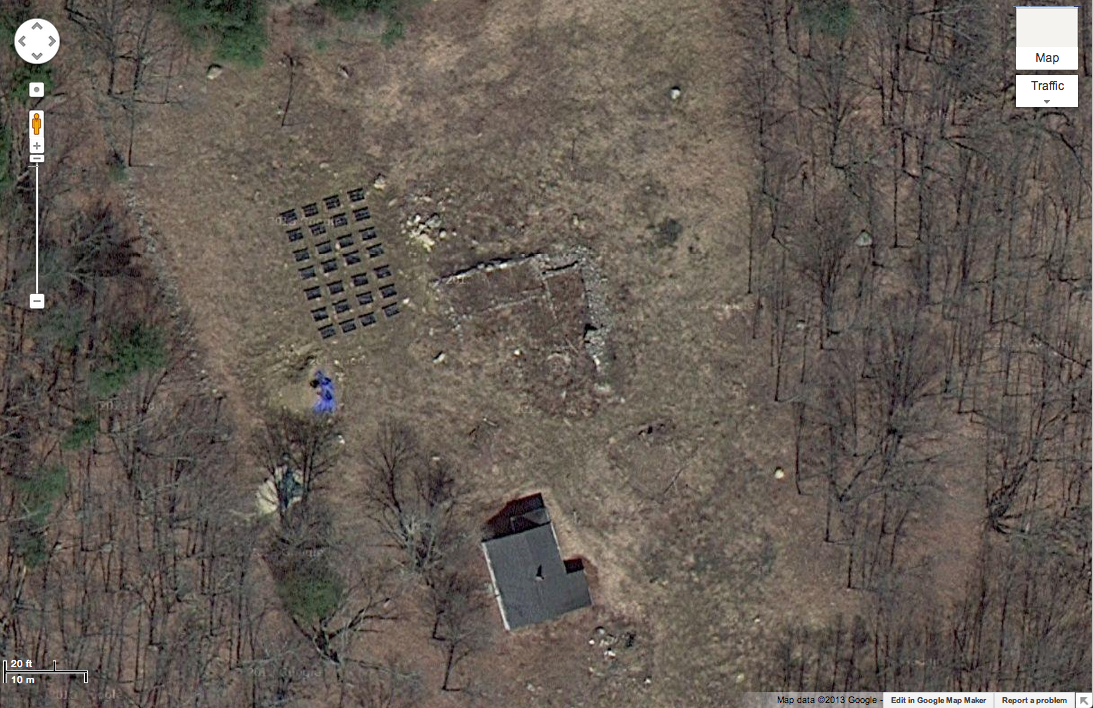

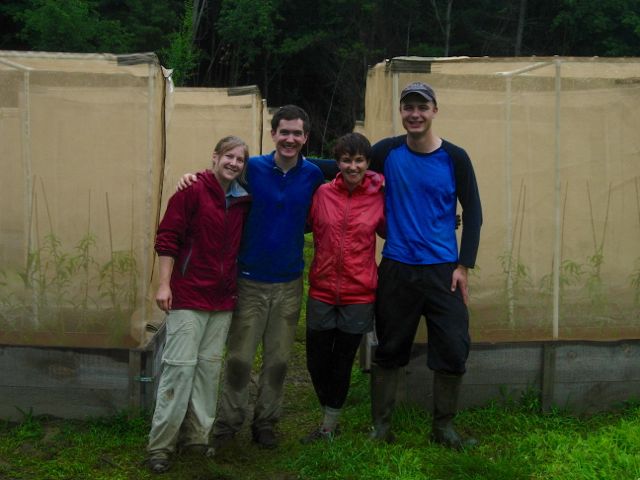
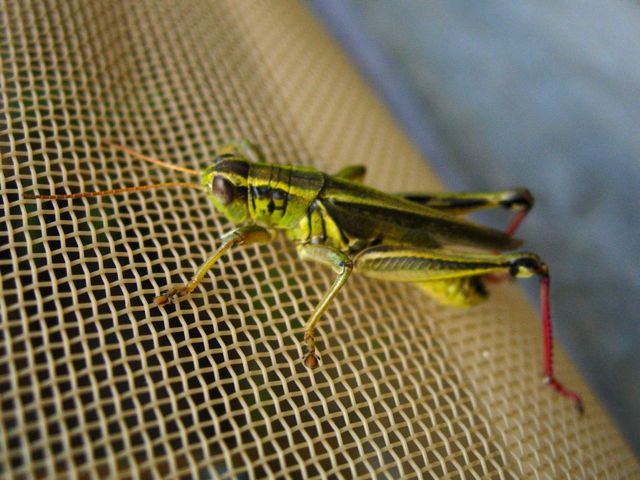
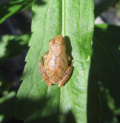
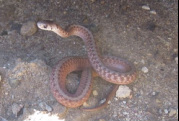
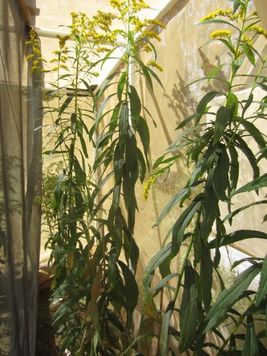
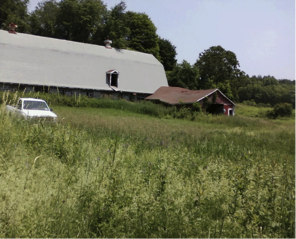
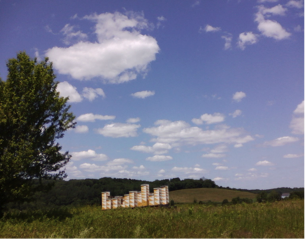
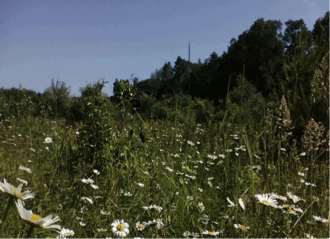
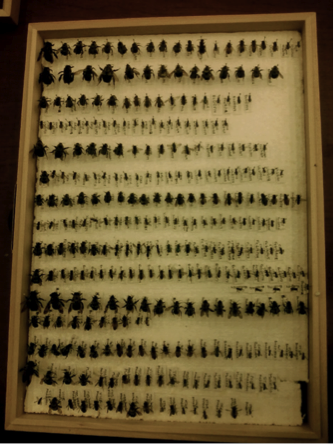
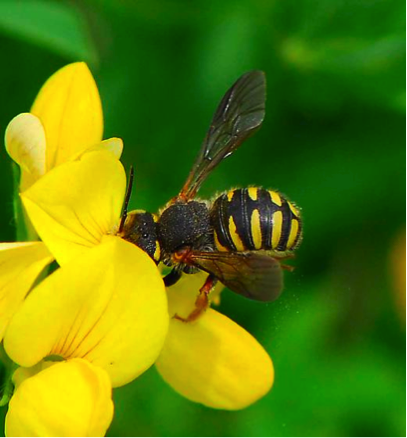
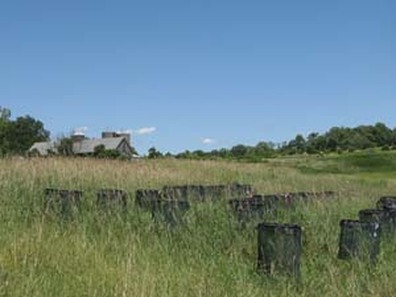
 RSS Feed
RSS Feed
